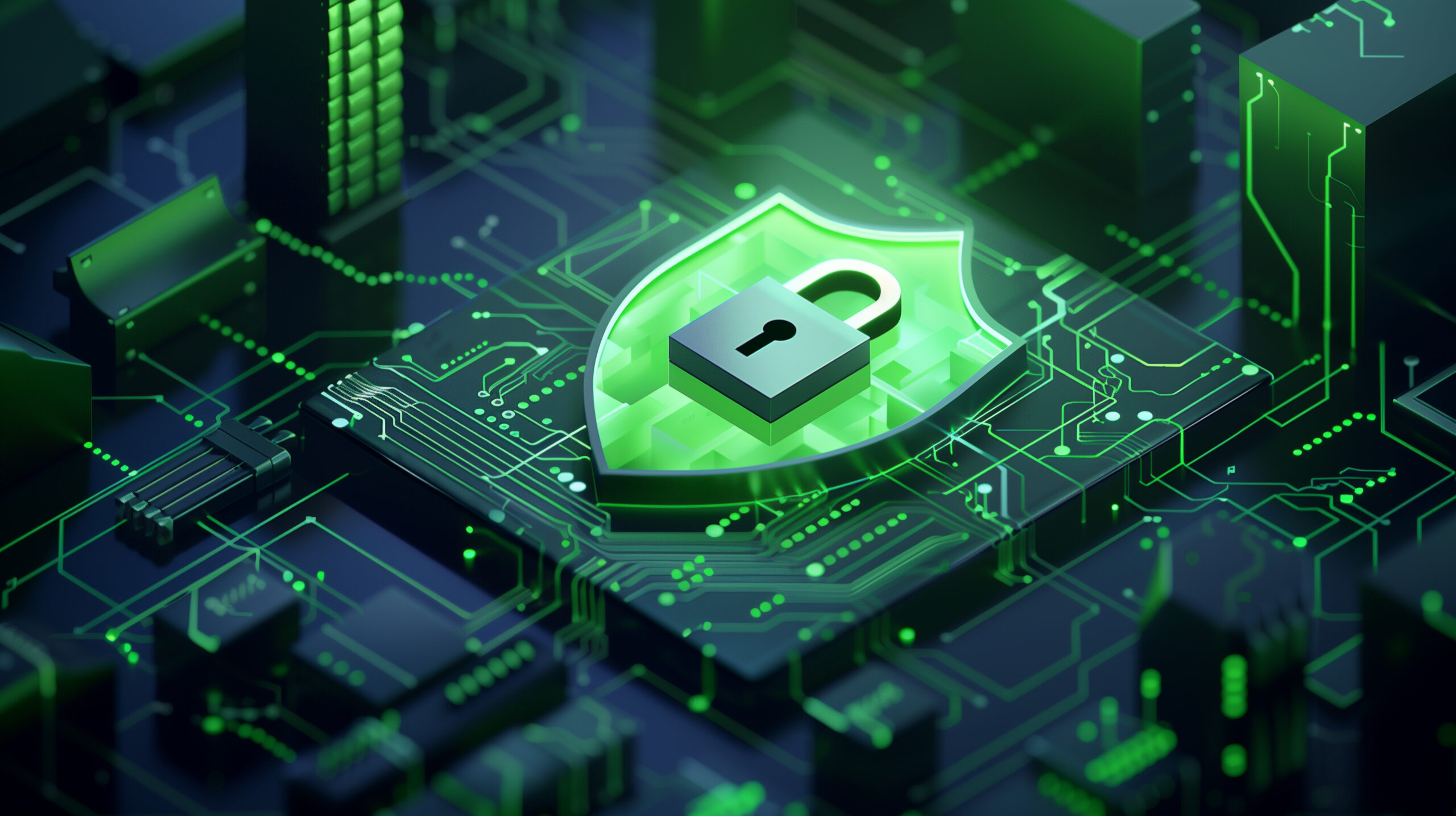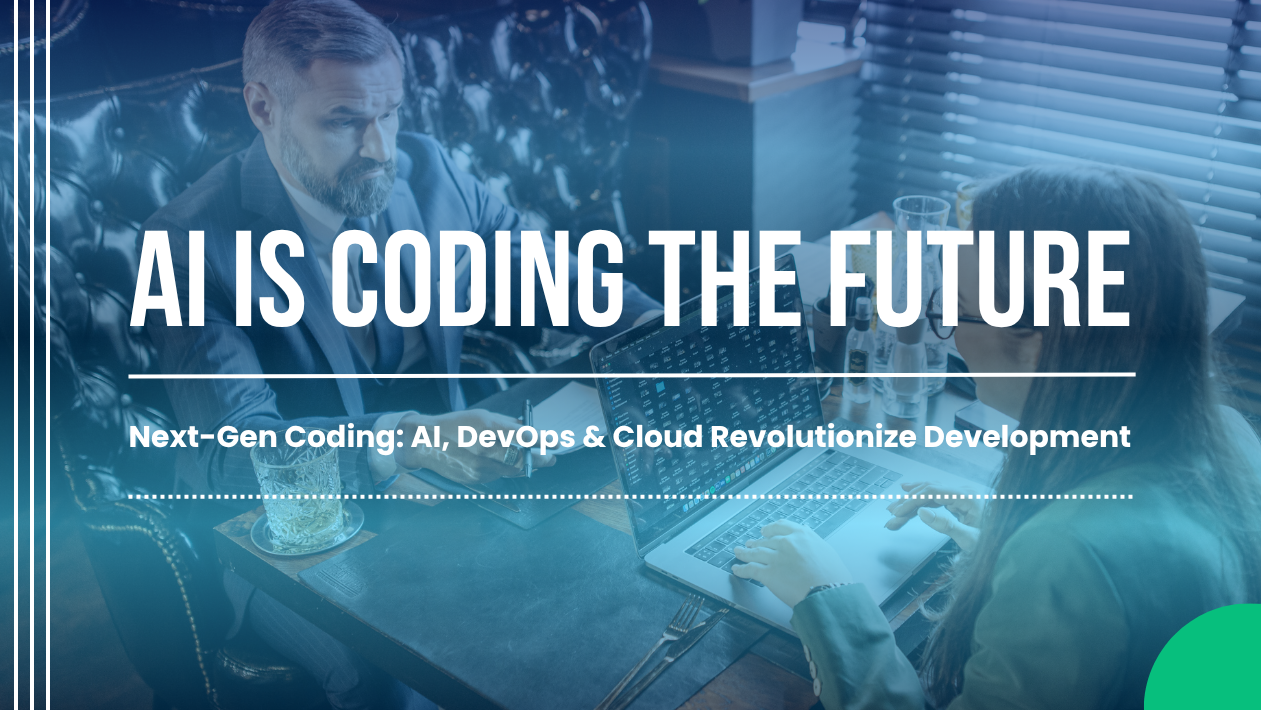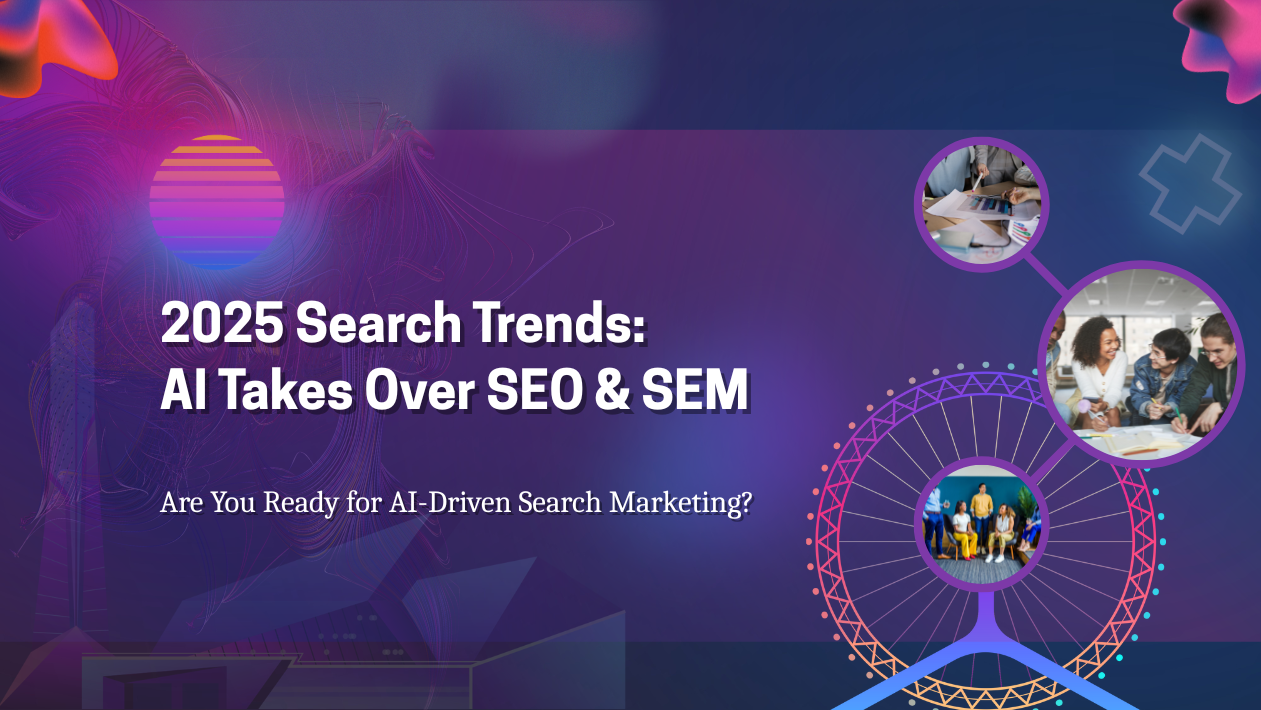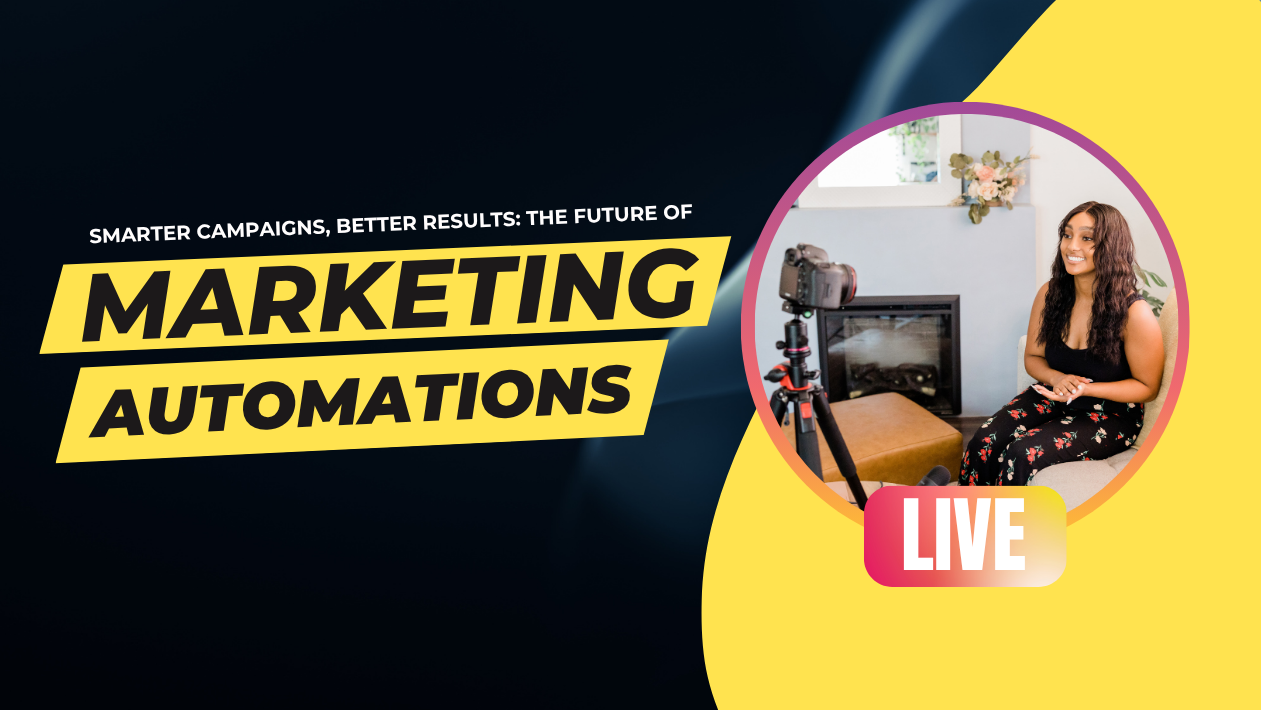As global cyber threats grow more sophisticated, the cybersecurity landscape in 2025 is being redefined by AI-powered attacks, zero trust architecture, and quantum-resilient encryption. Organizations are under increasing pressure to safeguard digital assets, comply with evolving regulations, and outpace highly automated cyber adversaries.
According to a recent report by CyberEdge, 78% of organizations worldwide experienced at least one ransomware attack in the past year, prompting a dramatic shift toward proactive and intelligent defense systems.
AI-Powered Cyber Threats Push the Boundaries
One of the most concerning trends in 2025 is the weaponization of artificial intelligence. Threat actors are using generative AI tools to craft hyper-realistic phishing emails, automate social engineering at scale, and develop polymorphic malware that adapts in real time to evade detection.
As attackers automate, defenders must do the same. Cybersecurity teams are increasingly relying on AI-driven threat detection, behavioral analytics, and automated incident response to stay ahead.
Zero Trust Becomes the Global Standard
“Never trust, always verify” has become the universal cybersecurity mantra. The adoption of Zero Trust Architecture (ZTA) is now mainstream across enterprises, government, healthcare, and finance sectors.
ZTA implementations include:
- Continuous identity verification
- Least-privilege access enforcement
- Micro-segmentation of networks
- Real-time authentication using biometric and contextual data
Quantum Computing Triggers Security Rethink
With quantum computing nearing practical application, many organizations are starting to future-proof their systems. Quantum-resilient cryptography is now being piloted to protect sensitive data against potential decryption by quantum machines.
Governments and cloud providers are investing in Post-Quantum Cryptography (PQC) standards to stay ahead of the curve.
Cyber Insurance and Regulation Tighten
With rising breach costs, cyber insurance policies are becoming more stringent. Insurers now demand evidence of multi-layered defense strategies, employee training, and data backup protocols before offering coverage.
Meanwhile, new international frameworks like the Global Cyber Resilience Accord (GCRA) require companies to meet standardized cybersecurity benchmarks—especially those handling consumer or financial data.
Workforce Shortages Spur Automation and Upskilling
The global shortage of skilled cybersecurity professionals—now estimated at 4 million—has led companies to double down on automation and invest in AI co-pilots for security teams. Simultaneously, there’s a surge in cybersecurity certifications, bootcamps, and AI-augmented SOC (Security Operations Center) platforms.
Outlook: Intelligent Defense for an Automated Threat Landscape
Cybersecurity in 2025 is less about firewalls and more about intelligent, adaptive protection. Organizations that embrace AI-augmented security, zero trust frameworks, and quantum readiness will be best positioned to thrive in a world where the threat landscape evolves by the second.





